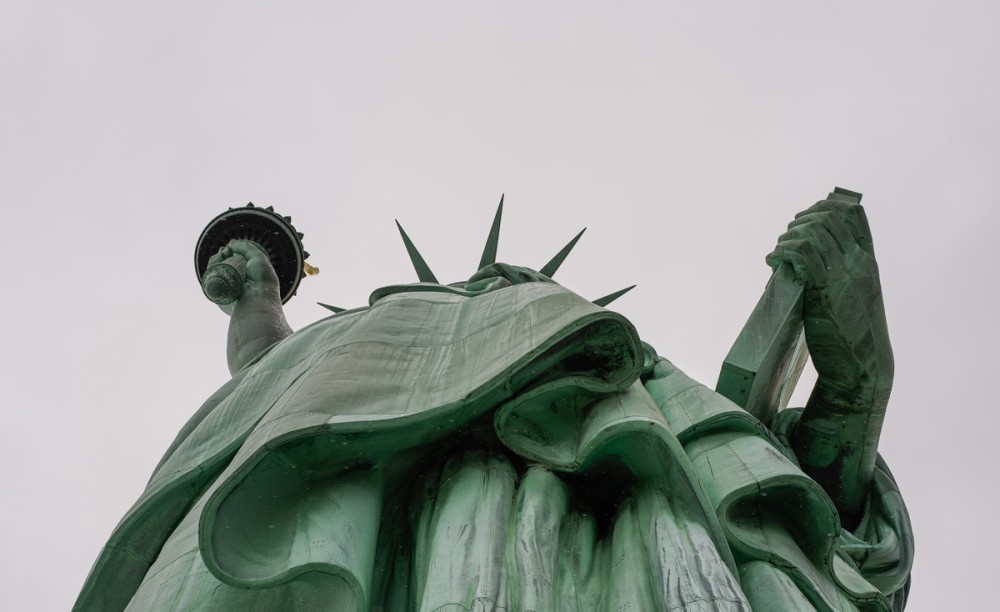Trump’s new refugee limits are senseless and destructive
We already have the infrastructure to resettle far more refugees than the administration is letting in.

The world is experiencing the greatest refugee crisis on record. According to the United Nations Refugee Agency, about 30 million people have fled their home country because of persecution or violence and have good reasons to fear for their lives if they were to return. In the face of this unprecedented situation, the United States has responded—in perverse fashion. It has reduced the number of refugees it will admit to the lowest level in 40 years.
The Trump administration announced in September that it will cap the number of refugees entering the country in 2020 at 18,000, down from 30,000 in 2019, which was already a drop from the annual average of 67,000 refugees the US took in from 2008 to 2017. In the early 1980s, the US annually took in over 200,000 refugees.
Kevin McAleenan, then acting secretary of the Department of Homeland Security, tried to justify the low number for 2020 by saying it would allow his department to reduce the backlog in asylum applications. That argument is specious. The process for admitting refugees from abroad is separate from the process for dealing with asylum seekers who have already entered the US. McAleenan’s conflation of the two makes little sense—except, of course, as part of the administration’s larger policy of hostility toward newcomers of all kinds.





